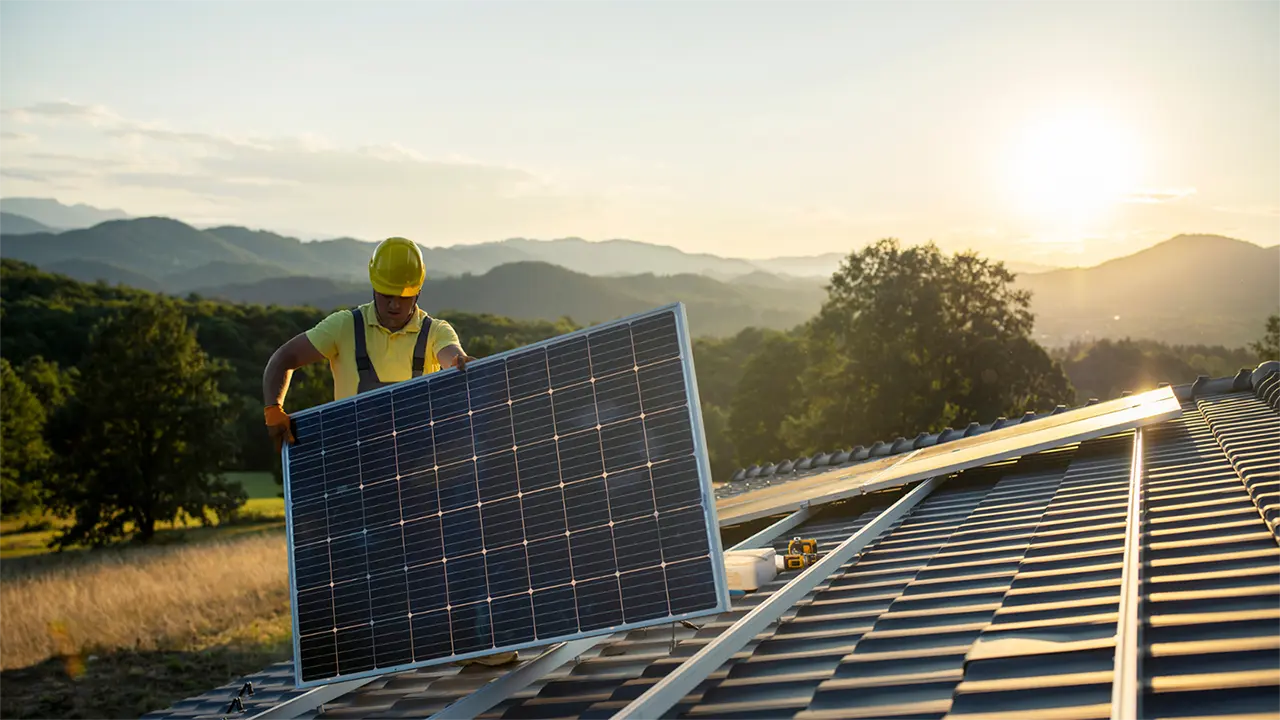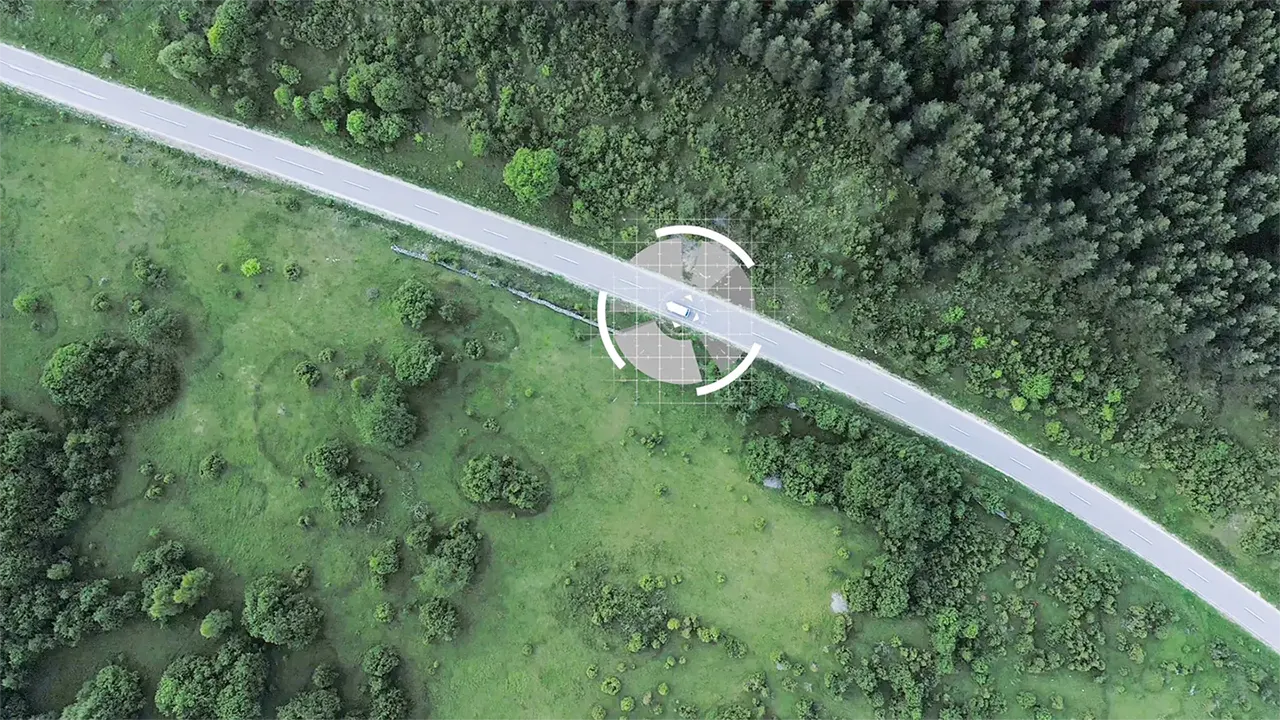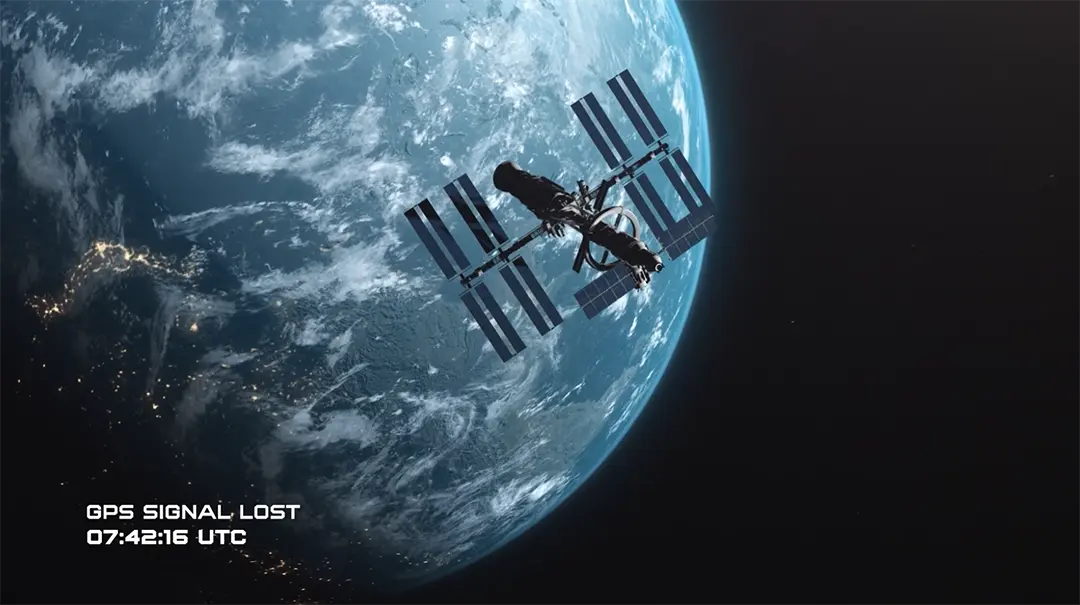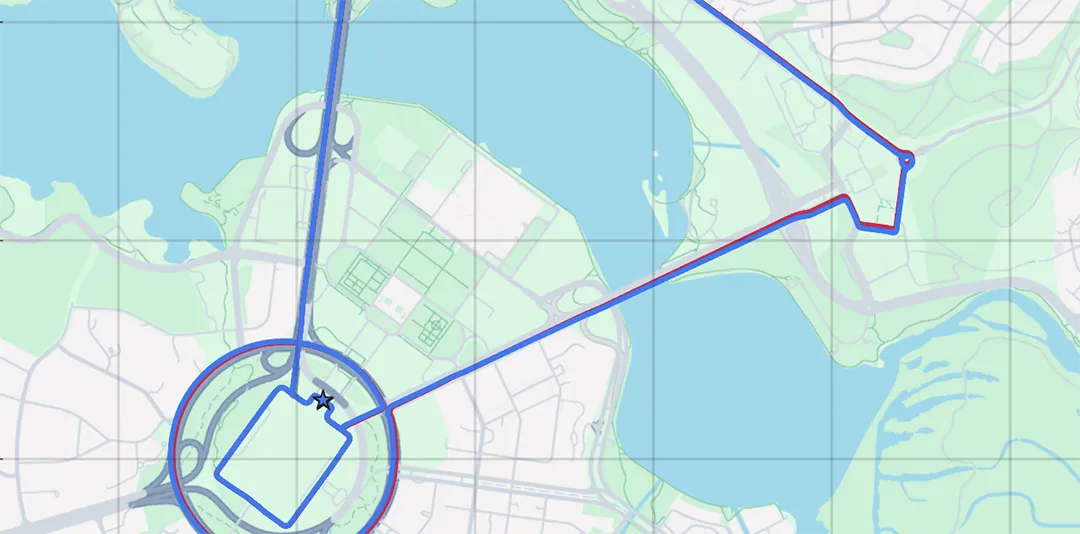Tech Article


Published on:
As part of Advanced Navigation’s inaugural Student Grant Program designed to motivate and financially support high-achieving engineering students, we asked our applicants how they envision a sustainable future enabled by autonomous systems. A question of great magnitude, it was met with some of the most eye-opening, creativity-laden responses from young minds across the world.
Among the 150 and more engineering students that applied, we selected one winner to be awarded a grant prize of USD $5,000, as well as four runner-ups, each awarded a grant prize of USD $1,000. The funds would be put towards their studies and career development as they aspire to become the next generation of masterminds.
Advanced Navigation would like to congratulate the five winners for this well-deserved award. Each submission entry is a craft of intellect and eloquence in its own way – we welcome you to have a read of their work below.
Before becoming a student, Bradley provided humanitarian service in Zambia for 25 months and learned how much meaningful technologies and other engineer-produced developments can improve people’s quality of life. This experience made him realize that his lifelong dream of becoming an engineer was no longer just a desire, but a necessity.

The autonomous systems that engineers develop will enable a more sustainable future in many crucial ways. For instance, autonomous vehicles can increase fuel efficiency, reduce emissions, and drastically decrease traffic congestion. However, I wish to focus more on autonomous systems that will directly enable low-income countries to function more sustainably and prosperously.
By 2030, the United Nations estimates that 600 million will live below the poverty line. While conventional foreign aid has its place, it also has limitations. For individuals in these countries to enjoy a more sustainable future, I will investigate the role that autonomous systems can play in the following four sectors:
In conclusion, while autonomous systems have a major positive influence in every economy, they have a unique role to play in providing those in low-income countries a brighter and more sustainable future by increasing access to medical supplies, higher crop yields, greater disaster preparedness and response, and skilled labour with its increased salaries.
Written by Bradley from University of Alberta, Canada, 2023
With over six years of successful robotics activities involvement, Yeshwant’s passion for robotics and engineering culminated from many robotics extracurricular activities, including a leadership role as Robotics Captain of Queensland Academy for Science Mathematics and Technology, in which he shares his interest in robotics to the wider student community.

To state the obvious, autonomous systems are revolutionizing society. More specifically, autonomous systems greatly improve sustainability by improving resource efficiency and making sustainable practices economical. Starting with the basics, autonomous control systems already improve resource efficiency through automatic lighting and heating systems, automated water taps, and more. By allowing for more rigorous analyzes of processes, they also reduce waste and streamline manufacturing processes.
However, the more significant impacts of autonomous systems for sustainability result from making sustainable practices more economical. For example, parts of South Australia are currently trialling a flexible exports option (Market Active Solar Trial) for exporting rooftop solar energy to the grid. Previously, fixed limits were set to prevent rare occurrences of network congestion, which resulted in large amounts of wasted energy. Through automated systems, smarter systems are able to control exports in real time to avoid these congestion, allowing much more of the solar energy being generated to be used. Consequently, the efficiency of solar energy is greatly increased. Thus, this is exemplary of how autonomous systems can continue to improve the economic validity of sustainable practices. The contribution of autonomous systems is also vital in diagnosing sustainability issues. This is exemplified by geosynchronous satellites, some of which are used in weather forecasting and observation to help evidence the impacts of climate change and identify potential disasters. These geosynchronous satellites often operate autonomously as manual operation at such a scale is infeasible. They demonstrate how autonomous monitoring and surveillance systems assist in identifying threats to sustainability.
Autonomous systems also indirectly enable a more sustainable future. By automating labour-intensive tasks, particularly in the primary and secondary sectors, the costs of goods and services are reduced. This results in more resources and finances that can be invested in sustainable projects that may be less economical. It has also resulted in faster development of some poorer economies as autonomous systems improve efficiency, creating greater social sustainability and allowing for further investment in sustainable options.
On the other hand, economies with access to expensive autonomous systems create greater competition for some poorer nations as they can produce at a greater scale and profitability, making it difficult for poorer nations to grow. Moreover, the potential replacement of many job roles through autonomous systems can result in social and economic unsustainability as people lose jobs and incomes. While this can improve the productivity of a country, it can result in poorer living conditions for those who lose their jobs. Consequently, the continued development of more comprehensive autonomous systems designed to replace humans in intelligent roles may result in social unsustainability.
Overall, autonomous systems will enable a sustainable future by allowing greater resource efficiency, improving economic validity of sustainable practices, identifying issues concerning sustainability, and automating labour-intensive roles. However, the continued automation of job roles may result in social unsustainability through unemployment. Therefore, autonomous systems are vital in creating a more sustainable future, although their continued development in some areas threatens social stability.
Written by Yeshwant from University of Queensland, Australia, 2023
With a double degree, Zoe is able to cultivate insights from both civil engineering and law, developing a passion for stringent, mathematical calculations and research, and legal discussions and reasoning. She envisions the two contrasting yet powerful disciplines to both have a huge impact on environmental discussions.

Although the capability of humans to achieve the most incredible feats can be accounted for by the power of human emotion, decision-making, and determination to propel change and command new approaches to life, the limitations of human ability must be remedied by a less emotionally-driven and less unstable approach, which can be brought to the discipline of engineering by autonomous systems. Throughout the civil engineering field, autonomous systems have been introduced to create consistency and efficiency which inadvertently creates sustainability. With effective programming, autonomous systems can achieve an adequate reduction of error and inefficiency which currently create so many issues with sustainability.
The ability for autonomous systems to achieve what they are programmed to do in a consistent way can create calculated approaches to sustainability that will ultimately render our attempts at sustainability more effective. In mechatronic engineering, the idea of self-driving cars which can achieve optimized travel routes, greater fuel efficiency, and reduced congestion by, for example, being programmed to find the most efficient route, is one way in which autonomous systems can use consistency to prioritize sustainability without the instability of human nature. The ability for autonomous systems to communicate and link with one another to create a network of consistency can achieve a far greater impact on sustainability in engineering than individual human decisions. By relying more on autonomous systems to make transport decisions, we can assure that the instability of human decisions do not repeatedly create issues in aiming for sustainability.
Autonomous systems can also create efficiency and minimize errors that impede sustainability in areas where human errors are responsible for large amounts of waste. Waste management and energy waste are two areas in which human error has huge collective impacts upon sustainability; for example, in leaving lights on, incorrectly sorting recycling, or wasting food, individuals contribute to negative environmental effects. Autonomous devices such as meal kits, powered by statistics and data-driven analysis to predict food consumption and consequently reduce waste, AI-powered waste sorting systems, which identify different types of waste and reduce manual sorting to improve recycling rates, or even lights that turn off by themselves maximize sustainability by drastically reducing the amount that humans are able to create small errors which add up. Hence, autonomous systems will enable a more sustainable future by taking control in areas where human error collectively creates major environmental issues.
Of course, the need for human adaptations and an emotional outlook on engineering should not be abandoned – autonomous systems could ultimately not achieve the progress that the engineering field desperately needs in sustainability without the human drive to create it. However, autonomous systems will enable a more sustainable future by minimizing instability in everyday decisions, such as transport, prioritizing environmental concerns and consistently aiming for sustainability, as well as minimizing human errors, reducing waste. The ability for AI to work collectively and connect with other autonomous systems can create a driven approach to combat the anomalous behavior of individual humans, tackling environmental issues with consistency and calculated intensity.
Written by Zoe from University of Sydney, Australia, 2023
After learning about Advanced Navigation, Keegan developed a fascination for ROVs and AUVs application – the idea of immersing complex circuitry within a body of water presents more challenges than conventional robotics. Keegan is keen to further his knowledge and understanding of it by one day constructing ROVs himself.

In an ever growing and changing society, more and more companies require management of assets and resources. As the needs of society continue to increase, the need for products, safety, construction, and energy rises, and the task of maintaining and developing these resources grows more challenging. However, with automation, the manual effort required decreases as autonomous systems improve, which can work more safely, efficiently, and sustainably.
Similar to humans, an autonomous system can not only navigate independently within an environment, but it can also learn from its experiences. AI and machine learning software allow for autonomous systems to dynamically adapt to their required tasks.
For example, take a waste management company that sorts trash from recyclables. Rather than getting humans to sort it, which can be time consuming and tiresome for workers, the company could employ robotic arms with autonomous capabilities instead. An autonomous system would have a locally stored visual database of different disposable items and be taught to categorize different groups and sort out the trash. This robot would be programmed to do its task at a highly accelerated rate with greater efficiency and make work safer on humans. Waste management would improve, and thus create a better sustainable system for disposing of trash and recycling as communities continue to grow in both developing and developed countries.
Autonomous systems don’t require a physical location to be trained in its tasks as it can all be done in digital environments. This would allow for that accelerated development through reinforcement learning in a digital world, which won’t have any real-world impacts. This would create a safer working environment and allow for proper testing before placing the system in a real-world application. Furthermore, it ensures that the system is built with primary safety for humans and the environment in mind, which can be tested numerous times until proven reliable and satisfactory.
With autonomous systems, society will be able to continue advancing whilst also minimizing our negative impacts upon the environment. As communities continue to grow, our farming resources have become heavily relied upon. As a result, this places a heavy financial burden on farmers. For example, in aquatic farming, AUVs could be locally stationed to monitor the conditions of marine organisms and maintain the environment around them. The use of AUVs would reduce the need for human divers to monitor reserves as they will be residentially sited, autonomously self-charge and dynamically proceed with given tasks. The AUVs would also prove to be cost-effective as they are designed to withstand ocean conditions whilst minimizing any environmental impacts such as utilizing electric power to remain emission-free.
In summary, I believe that autonomous systems will benefit human society and allow for a more prosperous and sustainable future. The use of autonomous systems in various industries critical to human growth provide more avenues for economic and environmental advancement, as they are proven to be safe, reliable, and efficient. As society continues to develop, so too can autonomous systems, which may allow for more greener and safer paths for both humanity and nature.
Written by Keegan from Edith Cowan University, Australia, 2023
Driven to positively impact society through the development of scientific and technological advancements, John hopes to inspire others to follow a career path to better our society. Through this process, John hopes to inspire young minds to strive for more and achieve their dreams.

As engineers, it is important to understand the importance of autonomous systems as they will be a great help in the sustainability, maintenance, and execution of certain tasks inaccessible to humans. This will effectively reduce the mortality rate for humans, flora, and fauna as it will allow for more precision, security, and a significantly less margin of error in the handling of highly dangerous and toxic materials. Autonomous systems could help reduce the mortality rate in the everyday life of regular human beings and an example of an autonomous system in everyday use is a fire or smoke alarm. Not only do they alert us when there is potential danger of a fire but some also take action by turning on the fire sprinklers and helping control and extinguish the fire, saving many lives everyday throughout the nation and the world.
On the other hand, autonomous systems could help in research and development or jobs where it is physically impossible for humans to set foot in certain places due to high levels of human mortality or places where the prolonged survival of a living being is relatively low. A good example of this would be NASA’s Mars Exploration Program where engineering and robotics are used in the exploration and research of the planet Mars. Autonomous systems will allow for more research opportunities ranging from subatomic scales to the expansion of interplanetary research for extraterrestrial life with little to no supervision or simply the discovery of new galaxies, planets, and elements outside of our own. When it comes to subatomic to cellular levels of engineering, autonomous systems are vital to the efficient delivery of medical drugs to specific locations in order to help with the successful removal of viruses. Nanoengineering doesn’t stop there as the potential for autonomous systems in Nanoengineering in the environment could be used to disintegrate waste at a molecular or atomic level and therefore helping to reduce worldwide pollution, maintain cleaner air, and helping to control climate change.
In the healthcare industry, autonomous systems are already in use as lifeline supporters for patients in coma or critical condition which has essentially saved the lives of millions of patients. Additionally, more autonomous systems could be developed and used to deliver food to patients at specified times as well as help with other bodily wastes for patients that are unable to move on their own. In general, autonomous systems can be used in many ways to help reduce pollution, not to mention the autonomous energy-producing systems such as solar, wind, and hydroelectric that help diminish the overall energy extracted from fossil fuels and nuclear plants.
Written by John from University of California San Diego, USA, 2023

20 May 2025
Go to Article
30 March 2025
Go to Article